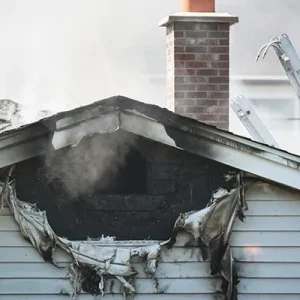Mold Remediation in Seattle WA refers to the process of removing mold from an indoor environment and taking steps to prevent its recurrence. Mold remediation is crucial for maintaining a healthy indoor environment because mold can cause health issues and structural damage if left unchecked. Here’s an overview of the typical steps involved in mold remediation:
- Assessment: A thorough inspection is conducted to identify the extent of the mold problem. This involves visually inspecting the affected areas and may also include moisture testing to determine the source of the mold growth.
- Containment: Containment is essential to prevent the spread of mold spores to unaffected areas during the remediation process. This typically involves sealing off the contaminated area with plastic sheeting and using negative air pressure to ensure that mold spores do not escape into other parts of the building.
- Removal: Mold removal involves physically removing mold-infested materials such as drywall, carpeting, or insulation. Porous materials that are heavily contaminated may need to be discarded, while non-porous materials can often be cleaned and salvaged.
- Cleaning: Once the mold-infested materials have been removed, the remaining surfaces are thoroughly cleaned using specialized equipment and cleaning agents designed to kill mold and remove spores. HEPA vacuums and air scrubbers may be used to capture airborne spores during the cleaning process.
- Drying: Ensuring that the affected areas are thoroughly dried is crucial for preventing mold recurrence. This may involve using dehumidifiers and fans to reduce moisture levels and promote drying.
- Repair and Restoration: After the mold has been removed and the affected areas have been thoroughly cleaned and dried, any damaged materials are repaired or replaced. This may include replacing drywall, carpeting, or insulation that was removed during the remediation process.
- Prevention: Finally, steps are taken to address the underlying cause of the mold growth to prevent recurrence. This may involve repairing leaks, improving ventilation, or addressing other moisture issues within the building.
It’s important to note that mold remediation can be a complex and potentially hazardous process, and it’s often best left to trained professionals who have the knowledge, experience, and equipment to safely and effectively remediate mold problems. Additionally, in some cases, local regulations may require professional mold remediation for certain types or sizes of mold infestations.
